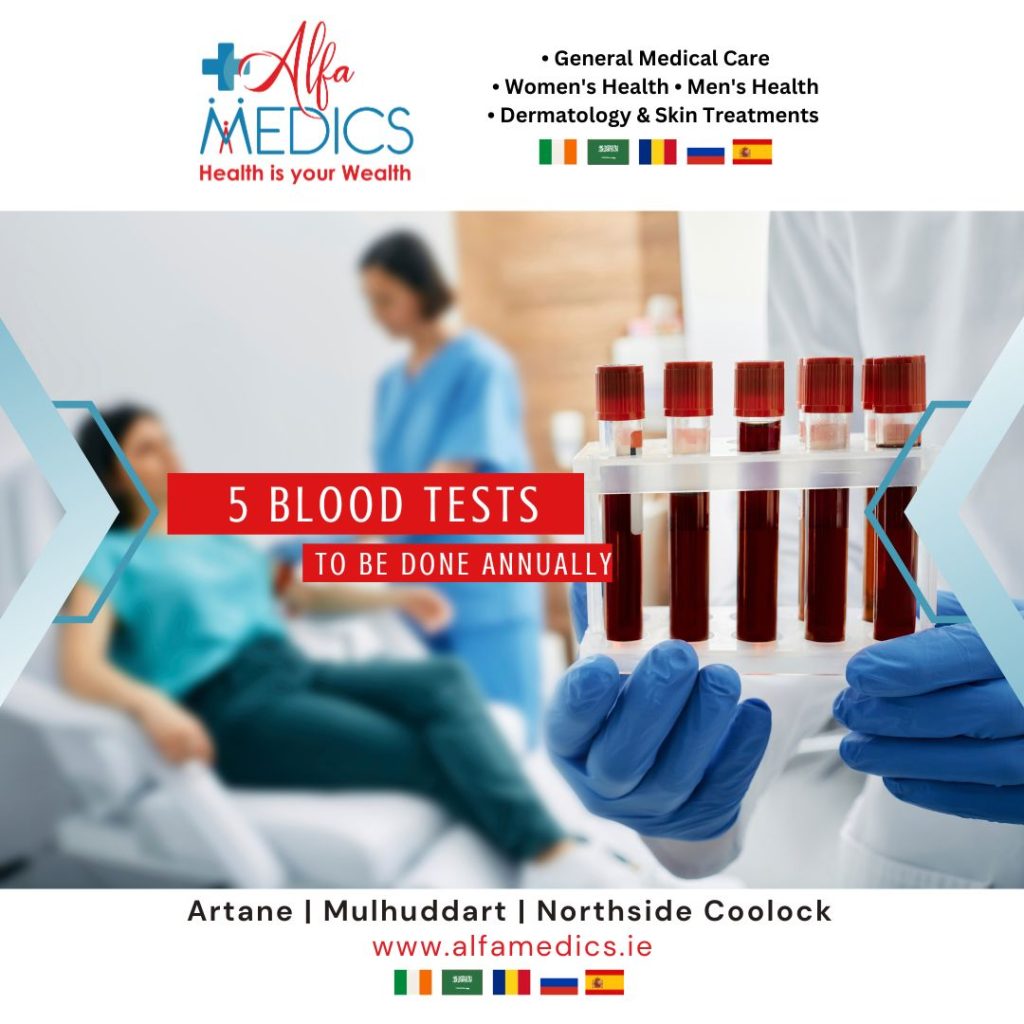Procedure carried out by consultant cardiothoracic surgeon Prof Alan Soo and surgical team
University Hospital Galway has become the first hospital in the country to use a new biological aortic heart valve on a patient.
Surgical aortic valve replacement is a procedure in which a diseased aortic valve is removed and replaced with a new tissue-based or mechanical valve. This takes over the original valve’s function to enable oxygen-rich blood to flow efficiently out of the heart.
Aortic valve disease causes the valve to narrow, making the heart work harder to pump blood through the body, causing the heart to weaken and function poorly. Patients with aortic valve disease, either stenosis (blocked) or regurgitant (leaky), often require valve replacement.
“I was always an active person, but in the last year or so I’d noticed that even after doing a small amount of work, I felt tired and breathless, Mr O’Brien said.
“Already, I feel much more alive and energetic, and I can’t wait to get back to my usual daily routines of driving, farming, and walking my dog.”
Medtronic’s Avalus Ultra valve was specifically designed to provide simplicity of use at implant while also empowering cardiac patients to improve their quality of life.
“The new Avalus Ultra valve represents a significant advancement to our current generation of surgical biological valves,” said Prof Soo.
“It has long-term durability based on a decade of clinical experience and will benefit patients significantly who have aortic valve disease.
“We are delighted to be the first hospital in the country to offer this innovation to our patients, while also being the first hospital in Ireland and the UK to implant the new Avalus Ultra valve.”
Hospital manager Chris Kane said: “This new innovative approach to valvular heart surgery positions University Hospital Galway as a pioneer in patient care.
“Ultimately our aim is to provide the best care and treatment available to our patients. By adopting modern technology, we can accomplish this in a way that helps the patient to recover faster and facilitate the treatment of more patients in an efficient and cost-effective way.”
Source: Irish Medical News




